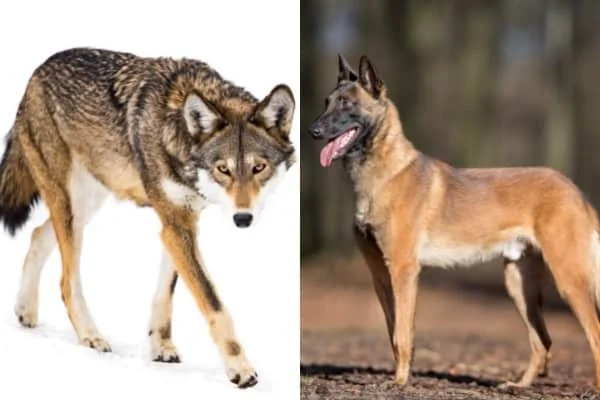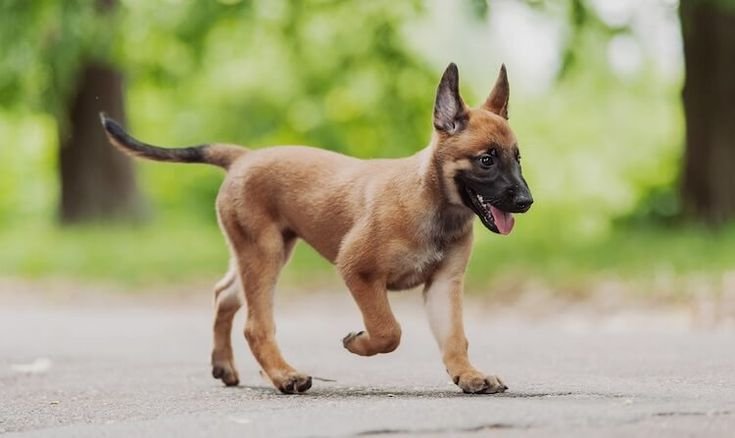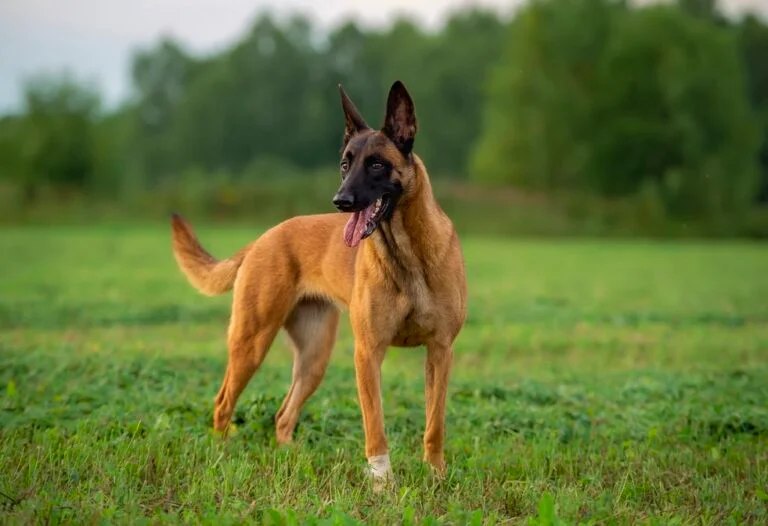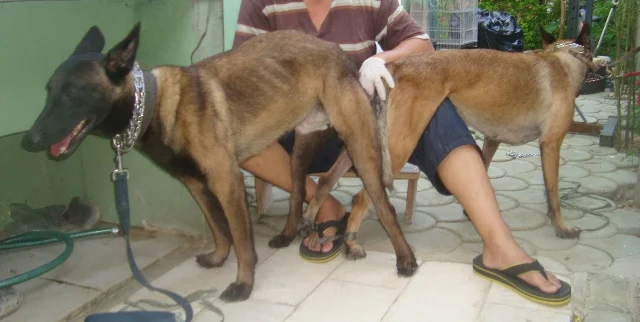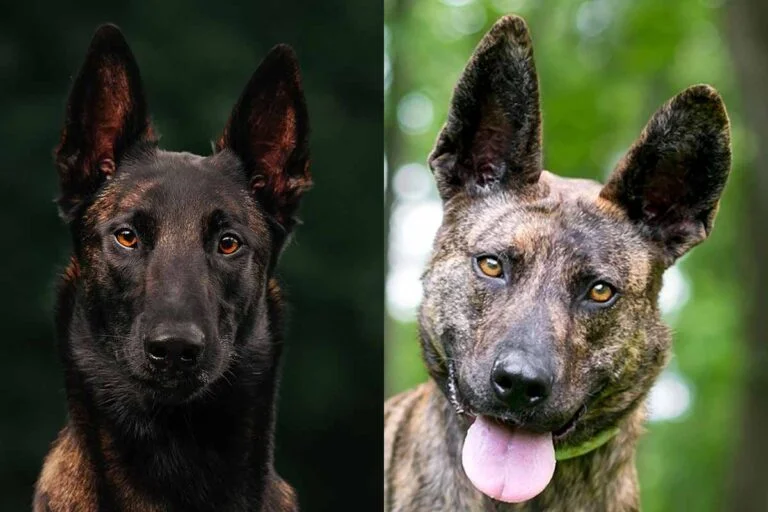Where do Belgian Malinois originate from?
“Where do Belgian Malinois originate from?” This question has often intrigued canine enthusiasts and potential owners. To fully appreciate this breed’s strengths and characteristics, it’s essential to journey back in time to its origins, starting from the rolling pastures of Belgium to its esteemed position in global canine disciplines.
The Genesis: Belgian Landscapes and a Shepherd’s Companion
The Belgian Malinois, renowned for its sleek appearance and sharp intellect, traces its lineage to the serene pastures of Belgium. It was the Malines region that served as the cradle for this breed, giving it the name ‘Malinois.’ This region, with its vast open fields and traditional farming practices, demanded dogs that weren’t just strong, but also highly intuitive.
The primary role of the Malinois was to serve as Sheep Herders. With their watchful eyes and brisk movement, they seamlessly rounded up flocks, ensuring no sheep strayed. The landscape of Malines presented challenges such as unpredictable terrains and changing weather conditions. It required the Malinois to be agile, to think on their feet, and to possess an energy that never waned. Their remarkable intelligence paired with their nimbleness made them unparalleled in this task, ensuring that the sheep were always in check and predators kept at bay.
Yet, the Malinois wasn’t restricted to herding alone. They soon found a role as indispensable Farm Aides. Their versatility was evident in the myriad tasks they undertook. From guarding farmhouses and barns against intruders to helping farmers with daily chores, their presence became synonymous with security and reliability. Their acute senses, especially their heightened sense of hearing and smell, alerted farmers to any impending threats, be it a lurking predator or an unexpected storm.
Evolution of the Breed: How the Malinois Carved its Niche
The Belgian Shepherd Classification
The majestic Belgian Malinois proudly stands as one of the illustrious four varieties of the Belgian Shepherds. Its siblings in this elite classification include:
- The elegant Tervuren, known for its flowing coat and spirited nature.
- The Groenendael, distinguished by its jet-black, plush coat exuding regality.
- The rare Laekenois, characterized by its unique rough coat, presenting an earthy charm.
Though they are bound by a shared lineage and display a strong familial resemblance in their muscular structure and unwavering temperament, each breed showcases individuality. The differences, ranging from the texture and length of their coat to subtle variations in hue, accentuate their unique personalities and histories.
From Farmlands to Frontlines
As the world transitioned into the 20th century, so did the roles of the Belgian Malinois. No longer just the shepherd’s companion or the vigilant farm aide, they were now being sought after for roles demanding utmost discipline and bravery. The Malinois’ innate intelligence, unmatched loyalty, and eagerness to learn made them unparalleled assets in police forces, elite military units, and search and rescue operations. Their ability to swiftly comprehend commands, coupled with their relentless drive, positioned them in the vanguard, be it in tracking down a suspect, detecting explosives, or rescuing trapped victims.
The Malinois Across Borders: Global Migration and Recognition
Emerging from the picturesque landscapes of Belgium, the Belgian Malinois began its journey across international borders in the early 1900s. Its impeccable attributes, ranging from intelligence to agility, captured the attention of dog enthusiasts in the United States. By the time the mid-1950s rolled around, the American Kennel Club took notice and formally recognized the Belgian Malinois as a distinct breed. This recognition was not just a stamp of approval but also led to a significant surge in the breed’s popularity. American households and professionals alike started seeking out the Malinois, valuing it both as a loyal companion and an efficient workmate.
Role in Law Enforcement and Military
The attributes that make the Belgian Malinois stand out aren’t just beneficial for civilian roles; they’re indispensable in professional capacities too. Law enforcement agencies around the world, recognizing the breed’s potential, started integrating them into their ranks. The Malinois’s exceptional proficiency in obedience, paired with its innate protective instincts, made it an instant favorite. From the streets of European capitals to conflict zones in the Middle East, the Malinois has played pivotal roles: detecting narcotics, intercepting threats, and even embarking on search and rescue missions, saving countless lives.
Characteristics Rooted in Origins
Despite their evolution and diverse roles worldwide, the core traits that defined the Malinois in the fields of Belgium remain steadfast:
- Agility: What was once a requirement for adeptly herding sheep in varying terrains, this agility has been redirected into tasks such as bomb detection, search missions, and even elite dog sports competitions.
- Loyalty: Initially the guardians and allies of Belgian farmers, their unwavering loyalty now finds its place in protecting their human companions, be it a family or a soldier on the field.
- Intelligence: The tactical intelligence they used for herding strategies has evolved. Today, they’re trained in diverse disciplines, from therapy sessions for PTSD patients to excelling in competitive canine sports, showcasing their versatility and adaptability.
Frequently Asked Questions (FAQs)
| Questions | Answers |
|---|---|
| Are the Belgian Malinois and German Shepherd the same? | No, while they may share certain physical resemblances and roles in working fields, they are distinct breeds with different origins and characteristics. |
| How old is the Belgian Malinois breed? | While dogs resembling the Malinois have likely been in Belgium for centuries, the breed as we recognize it began to be distinctly classified in the late 19th century. |
| Why is the Malinois named after Malines? | The breed’s name is attributed to its origin in the region around the city of Mechelen in Dutch, or Malines in French, in Belgium. |
Concluding Thoughts
In answering “where do Belgian Malinois originate from,” we uncover a tale of evolution, versatility, and global recognition. From its humble beginnings in the Belgian countryside to esteemed roles in various international sectors, the Belgian Malinois stands as a testament to adaptability, resilience, and excellence. As we continue to marvel at its achievements today, it’s vital to pay homage to its rich history, which played a pivotal role in shaping the breed’s remarkable characteristics.


